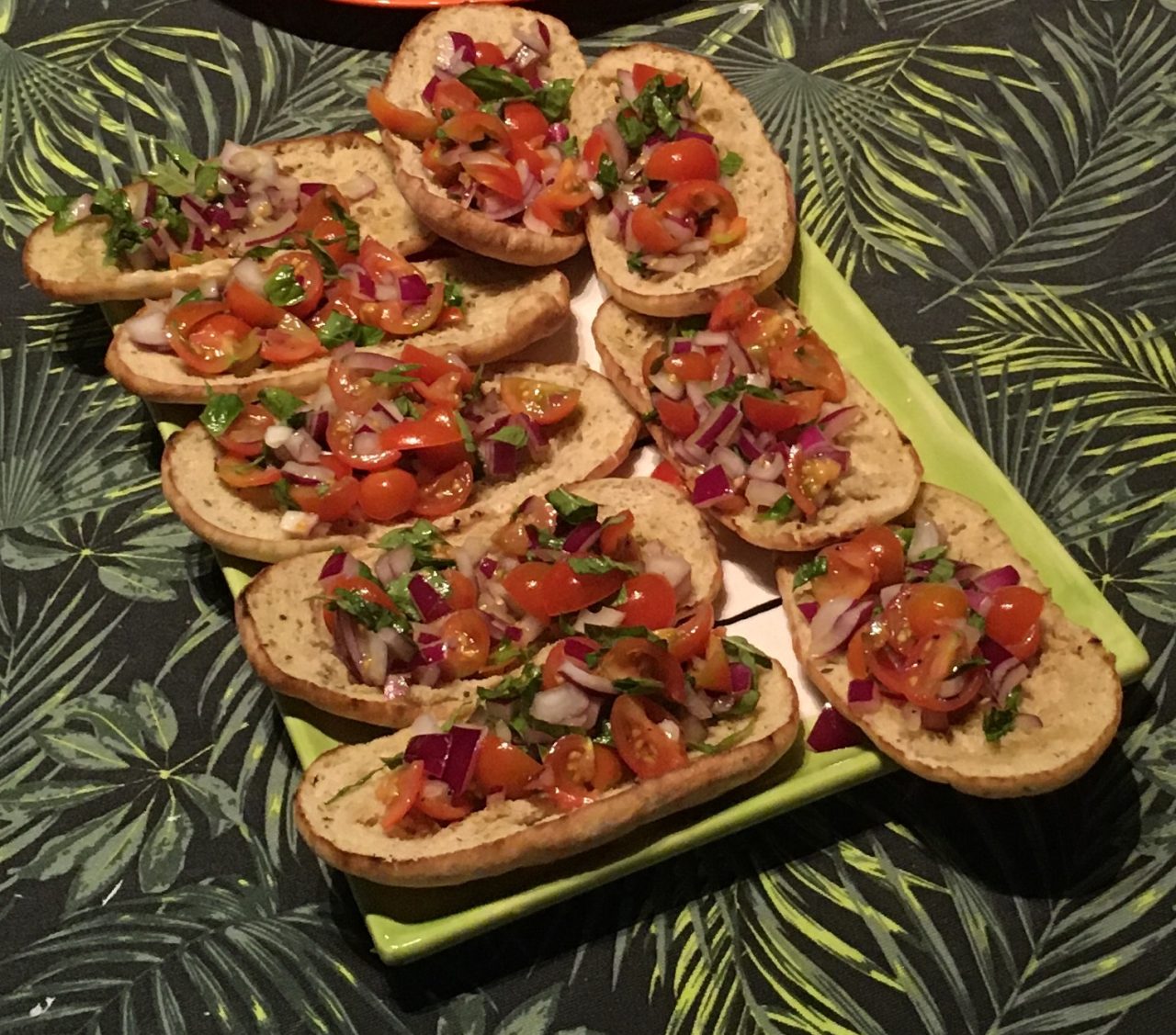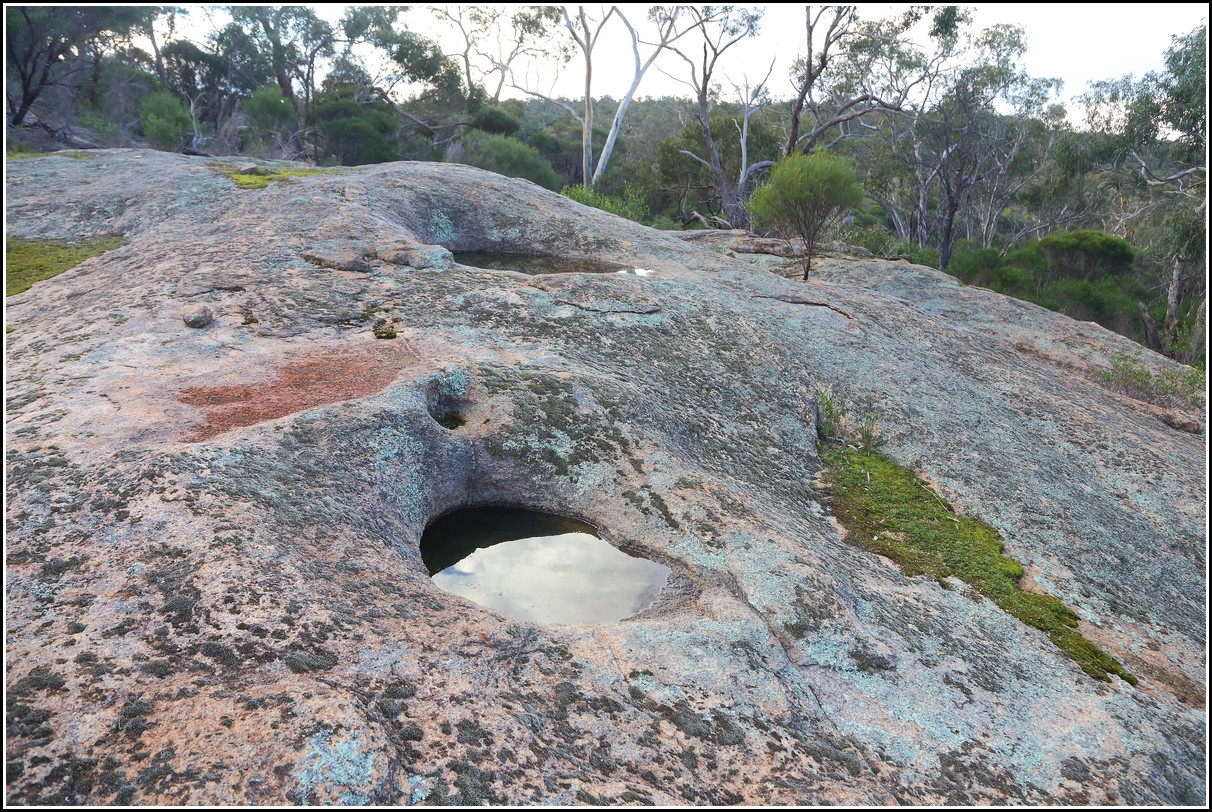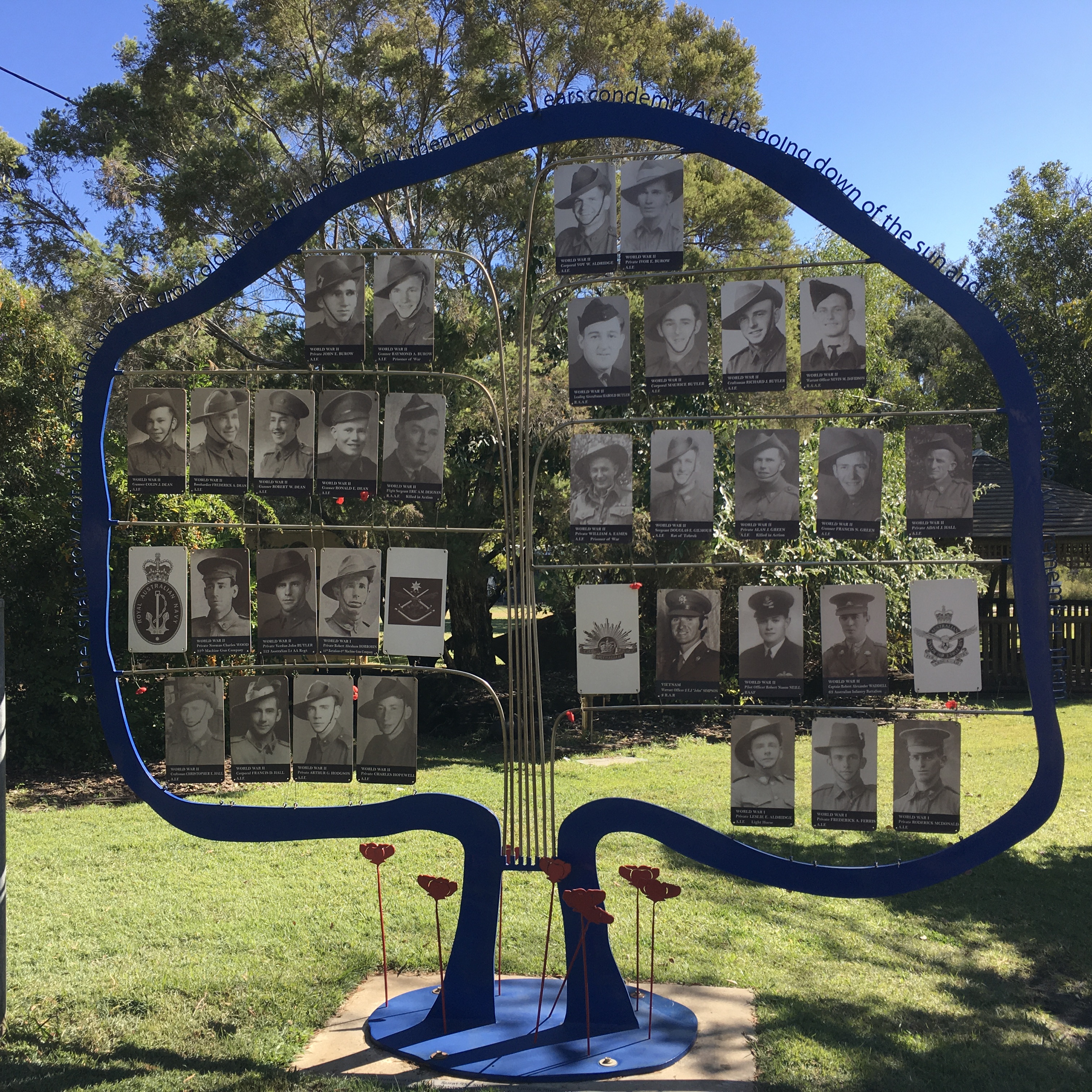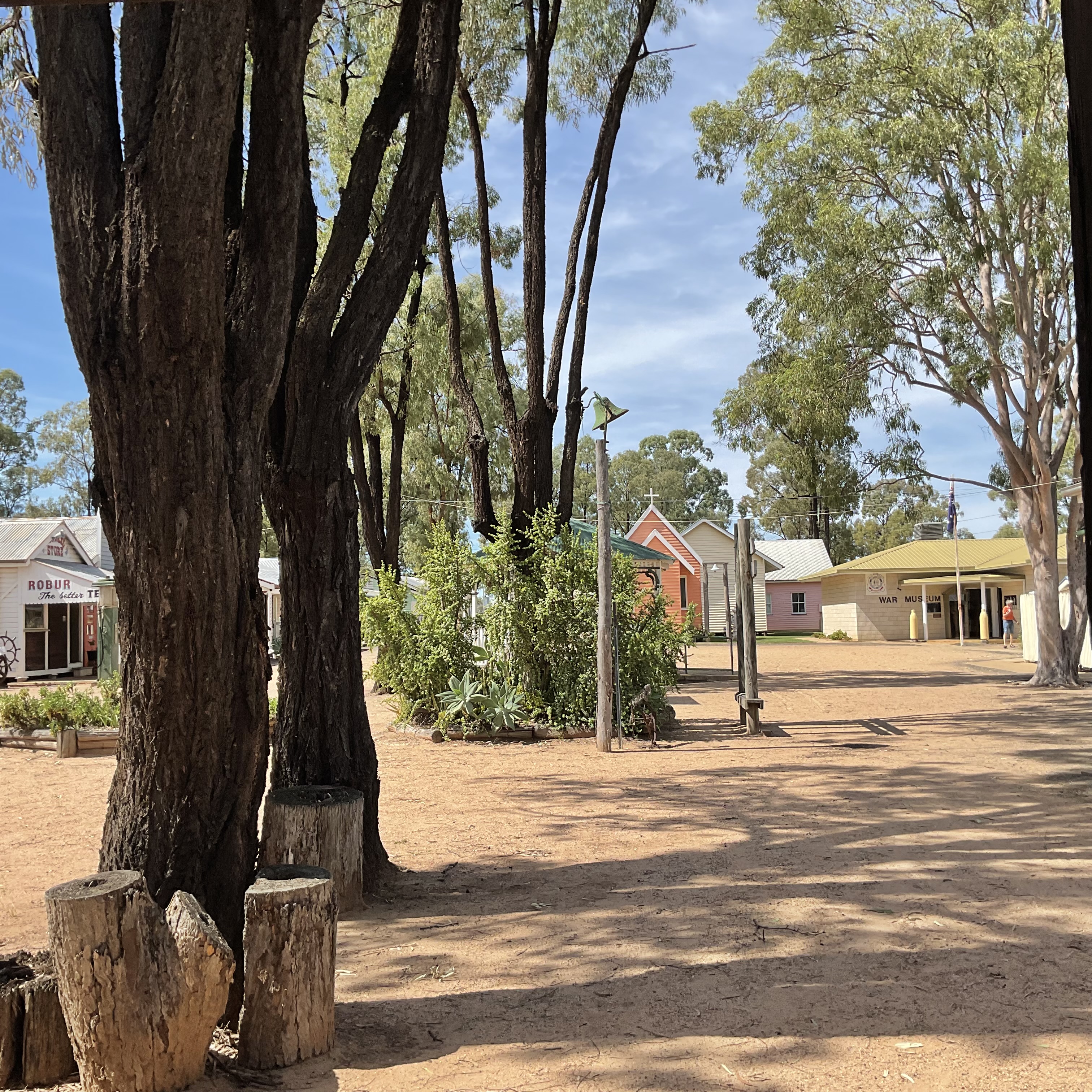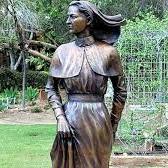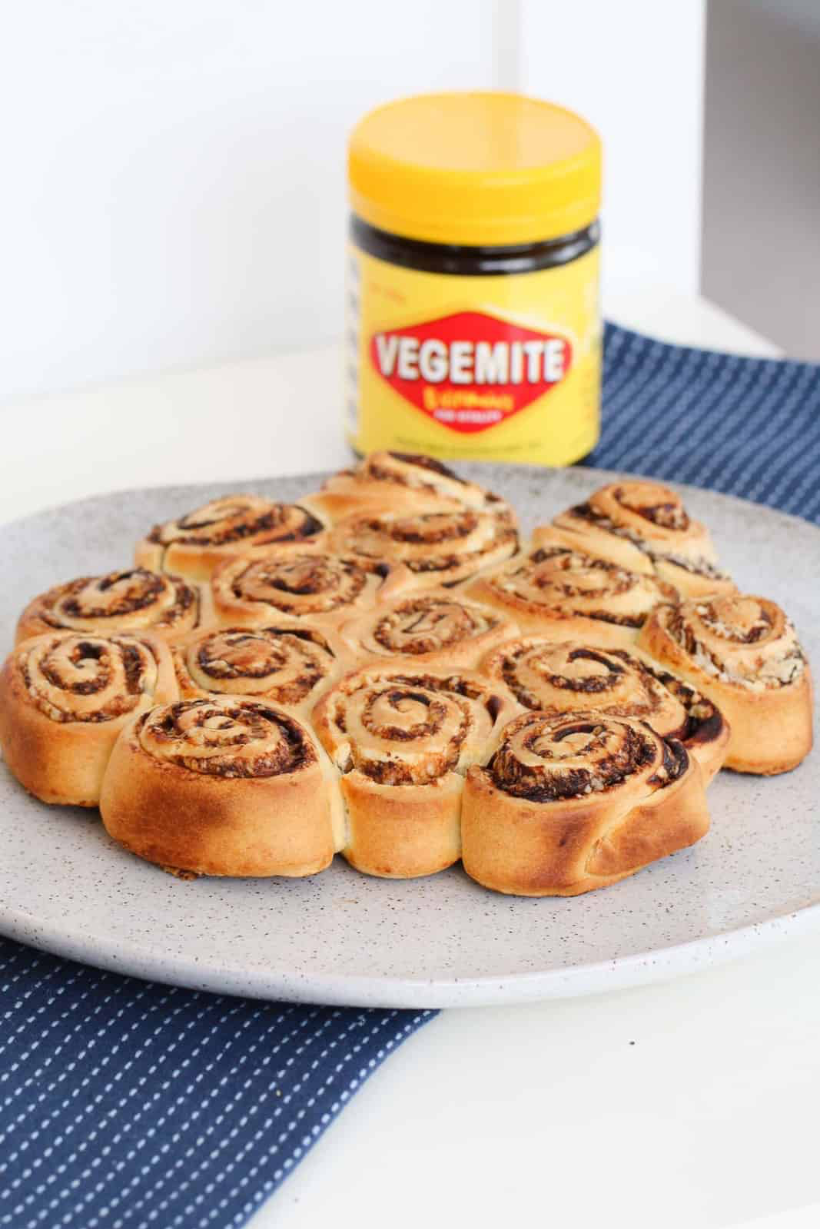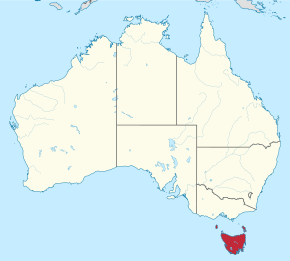In June last year I reviewed a travel memoir written by Sally Jane Smith who was searching for her wanderlust which she lost after a near fatal accident some years beforehand. Armed with a travel diary from 1978 Sally sets off for Greece also hoping to retrace her (late) mother’s steps.
https://wordpress.com/post/brizzymaysbooksandbruschettasite.wordpress.com/8112
“Unpacking For Greece” covered the author’s travels to Athens and Meteora on the mainland; Monemvasia, Sparta and Methana on the Peloponnese Peninsula; and the islands of Santorini and Rhodes.
It is amazing how many luncheons I have attended where I have shared Sally’s story about the speciality broth from Sparta which was made from a mixture of pigs blood and vinegar and was said to be the reason “the Spartans weren’t afraid to die.” Unfortunately, the question about the dietary requirements of Spartans has yet to be raised at midweek trivia at the local bowling club-but at least I’m prepared.

In “Repacking For Greece” Sally shares her second trip to Greece where she travels to Athens and Delphi on the mainland; Nafplio, Mycenae, Epidavros and Methana on the Peloponnese Peninsula; and the islands of Hydra, Poros, Kefalonia and Corfu (with a side trip to Albania).
Once again, the tone is conversational and Sally shares the history of ancient sites and mythology with humour. Sitting at a cafe for lunch one day she ” started with a mojito. With all that mint and lime, after all, it’s practically a salad.”
Something a little different in this travelogue, Sally as an avid reader refers to the writers who have captured snippets of the essence of Greece in their novels as she weaves her way around the country : Louis de Bernieres’ ” Captain Corelli’s Mandolin” set in Cephalonia, Australian writers Charmain Clift and George Johnston who retreated to Hydra in the 1950’s, Henry Miller’s ” The Colossus of Maroussa” and “Sextet” in Hydra, and Sulari Gentill’s retelling of Homer’s “The Odyssey ” in “”Chasing The Odysseus” set in Corfu. Yes, there’s a lot to unpack, but boy it makes for interesting reading.
Sally writes that “when I first came to Greece I thought it was the excitement and freedom that were missing from my existence, and that it was travel itself that had the potential to make my life extraordinary. What I discovered though, was what I needed : to recognise my own privilege and find contentment in what I had. I fell back in love with my life.”
I fully get that. Don’t you?

* Thank you to Sally for providing an Advanced Reader Copy of “Repacking For Greece”. Available from retail outlets in paper and Kindle format.
